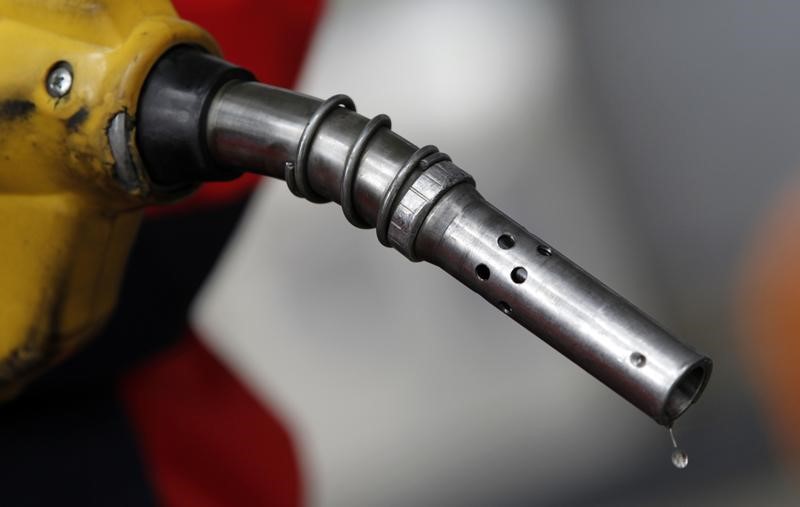By Andrew Torchia
DUBAI (Reuters) - A rebound in oil prices over the past few months looks set to improve the external balances of rich Gulf Arab countries but economic growth will stay low, a quarterly Reuters poll of analysts found.
Brent crude is now trading around $55 a barrel, up from last year's average of about $45. If current prices hold, that will boost Gulf states' export revenues and ease pressure on their currency pegs to the U.S. dollar.
The poll of 17 private sector analysts expect the current account balances - which capture trade in goods and services - of Saudi Arabia, the United Arab Emirates and Qatar to improve in both 2017 and 2018 even more than forecast in the last poll conducted three months ago.
Saudi Arabia's current account deficit, for example, is forecast to shrink to a median 3.3 percent of gross domestic product this year from 8.0 percent in 2016. In the last poll, this year's deficit was projected at 3.9 percent.
For 2018, the Saudi current account deficit is now projected at 2.5 percent instead of 3.1 percent. In addition to higher oil prices, Riyadh's efforts to reduce its state budget shortfall are expected to improve its external balance.
"Ongoing fiscal reforms and higher oil prices could bring the current account deficit nearer to balance over the coming years as the external break-even oil price hovers around US$60 per barrel," Bank of America (NYSE:BAC) analysts said in a note to clients.
However, the Reuters poll found little improvement in the current account outlook for the least wealthy economies of the six-nation Gulf Cooperation Council, Oman and Bahrain. Oman is now expected to run a bigger deficit this year than was forecast in the last poll; Bahrain's forecast has deteriorated for both 2017 and 2018.
That is partly because both countries have less scope to cut big state budget deficits, which are expected to be equivalent to at least 8 percent of GDP this year and next.
Higher oil prices will give little or no boost to economic growth in the Gulf as governments keep a tight rein on their spending, the poll found. Furthermore, the GCC countries plan to introduce a 5 percent value-added tax in 2018, which will weigh on private consumption.
GDP growth in all of the GCC countries is forecast to languish around 3 percent or below in 2017 and 2018, lower than average levels of about 4 percent or above during the boom years of the past decade, the poll showed.
Saudi Arabia's GDP growth is expected to slow to just 0.8 percent this year from an estimated 1.3 percent last year, before picking up to 1.5 percent next year.
However, that reflects changes in oil output under an agreement sealed last month among global producers to prop up prices, which commits Saudi Arabia to cutting its oil production by about 5 percent for six months.
Growth in Saudi Arabia's non-oil sector may actually accelerate slightly in 2017 as the government delays fresh austerity measures and launches a program to compensate poorer Saudi citizens for higher energy and water prices.
"Saudi Arabia's economy is likely to grow at its slowest pace since the global financial crisis this year. However, this will largely reflect weakness in the oil sector," London-based Capital Economics analysts said in a note to clients.
"In contrast, with austerity taking a breather, the non-oil sector should embark on a recovery."
(Polling by Hari Kishan and Khushboo Mittal in Bengaluru)
